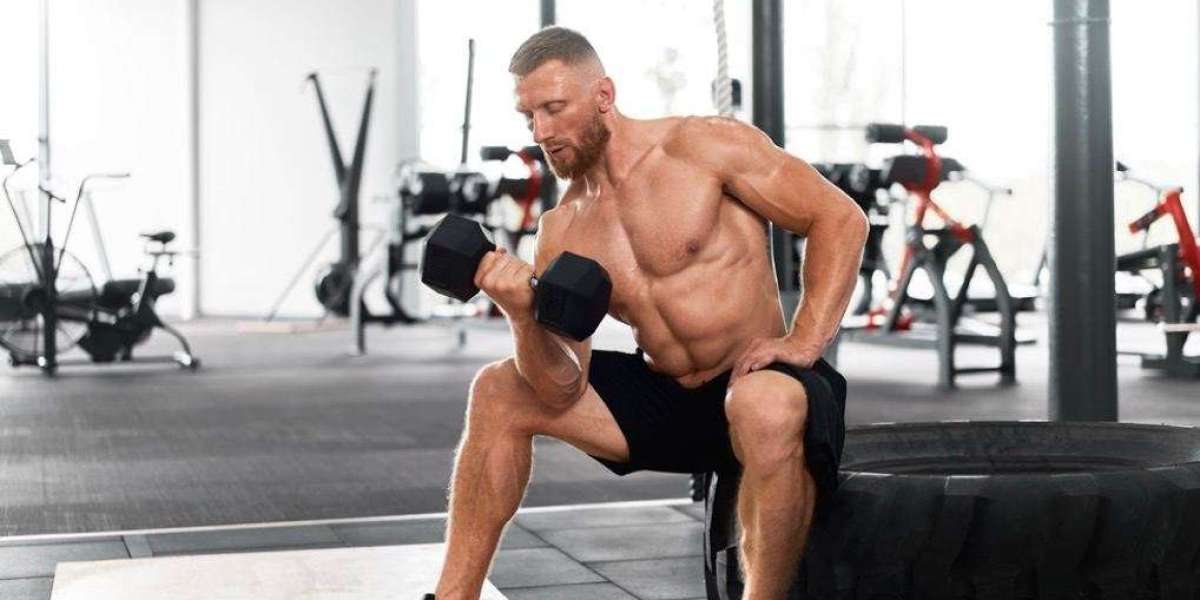For decades, bodybuilding was mostly about one thing: size. Bigger arms, wider backs, thicker legs—mass was the standard. But that picture is changing. More and more, athletes and lifters are chasing a different goal: lean, functional muscle. A physique that doesn’t just look good under stage lights, but also performs. Defined, dry, and efficient—without the unnecessary bulk.
This shift isn't just a passing trend. It’s a reflection of changing priorities across the fitness industry, from competitive bodybuilding to recreational lifting. The focus has moved from packing on pounds to building muscle that works—and looks sharp.
Why Lean Muscle Matters More Now
Lean muscle isn’t just about looking shredded. It serves a real purpose. Lower body fat and tighter conditioning often mean better performance, quicker recovery, and less wear on the joints. It also aligns with how many want to feel: lighter, faster, more in control of their body.
Unlike traditional bulking phases, where muscle is often gained alongside fat and water weight, the lean muscle approach is more precise. Diets are tighter. Training methods are smarter. And the results are more sustainable—no post-bulk crash, no endless cycles of cutting and gaining.
A leaner look also mirrors the aesthetics seen in many modern fitness competitions and physique shows. The “classic” look—symmetrical, dry, defined—has reclaimed the spotlight over the bloated, size-at-all-costs era.
Water Retention: The Hidden Enemy of Definition
You can train for months, diet with discipline, and still not look the way you expected. Why? Water retention. It’s one of the most frustrating obstacles for lifters aiming for sharp muscle definition. Excess water blurs the lines between muscle groups and gives a puffier, less detailed appearance—even when body fat is low.
Some avoid salty foods. Others play with carb timing or increase cardio. But when every small edge counts, many advanced athletes look for specific tools that help minimize fluid retention at the tissue level.
This is where the choice of supplements—and, in some cases, enhancement compounds—plays a role. Certain agents help shed subcutaneous water while preserving the “hard” muscle underneath. It’s a critical difference when you're trying to stand out in a competitive lineup or push your physique to its peak.
Cutting Fat Without Sacrificing Muscle
Losing fat is easy on paper. Eat less, move more. But the real challenge is keeping the muscle you’ve worked hard to build. During a cut, the body isn’t picky—it’ll burn muscle for fuel just as fast as fat, especially when calories drop too low or protein intake slips.
To prevent that, you need a fine balance. High protein, smart training, proper sleep—and sometimes, extra support.
Many lifters use compounds that help preserve lean tissue during calorie deficits. These aren’t always about building new muscle, but rather about protecting what's already there. One well-known option in this category is Winstrol. It's been a go-to for those in cutting cycles because of its ability to maintain muscle while promoting fat loss and adding a hard, dry finish to the physique.
Those looking to explore or add such tools into their stack winstrol for sale often search for a safe and legal source to winstrol buy. But it's critical that any use of performance enhancers is done with caution, research, and preferably under guidance.
Beyond Aesthetics: Muscle That Performs
It’s not just about looks anymore. Today’s athletes want their muscles to move with purpose. Powerlifters want strength without sluggishness. Fighters need muscle that supports speed and endurance. Even recreational gym-goers often prefer to feel “fit” rather than just “big.”
The new standard in bodybuilding isn’t just the mirror—it’s also the stopwatch, the barbell, and the recovery window.
That’s why lean muscle is so prized. It enhances power-to-weight ratio, shortens recovery time, and helps reduce injury risk. And with smart supplementation, many can support those goals while still achieving an elite level of physique conditioning.
What This Shift Means for You
If you’re training with the goal of building a body that’s not just muscular but also athletic, this shift toward lean muscle is worth your attention. It calls for a different approach—more attention to detail, smarter nutrition, and often a rethinking of your supplement stack.
You’ll likely spend more time dialing in macronutrients than chasing endless surplus calories. You might train faster, not just heavier. You may even explore the edge that cutting agents and physique enhancers can bring—always with safety in mind.
But most of all, you’ll build a body that works in the real world: strong, agile, balanced, and unmistakably defined.
Conclusion: The Future Is Lean
The era of mass-for-mass’s-sake is fading. In its place is a more focused, functional, and sustainable approach to muscle-building. One where the goal isn’t just size, but shape. Not just weight, but performance.
Lean muscle isn’t easier to build—but it’s smarter. It reflects discipline, not just drive. And for more and more athletes, that’s the kind of strength that matters.



